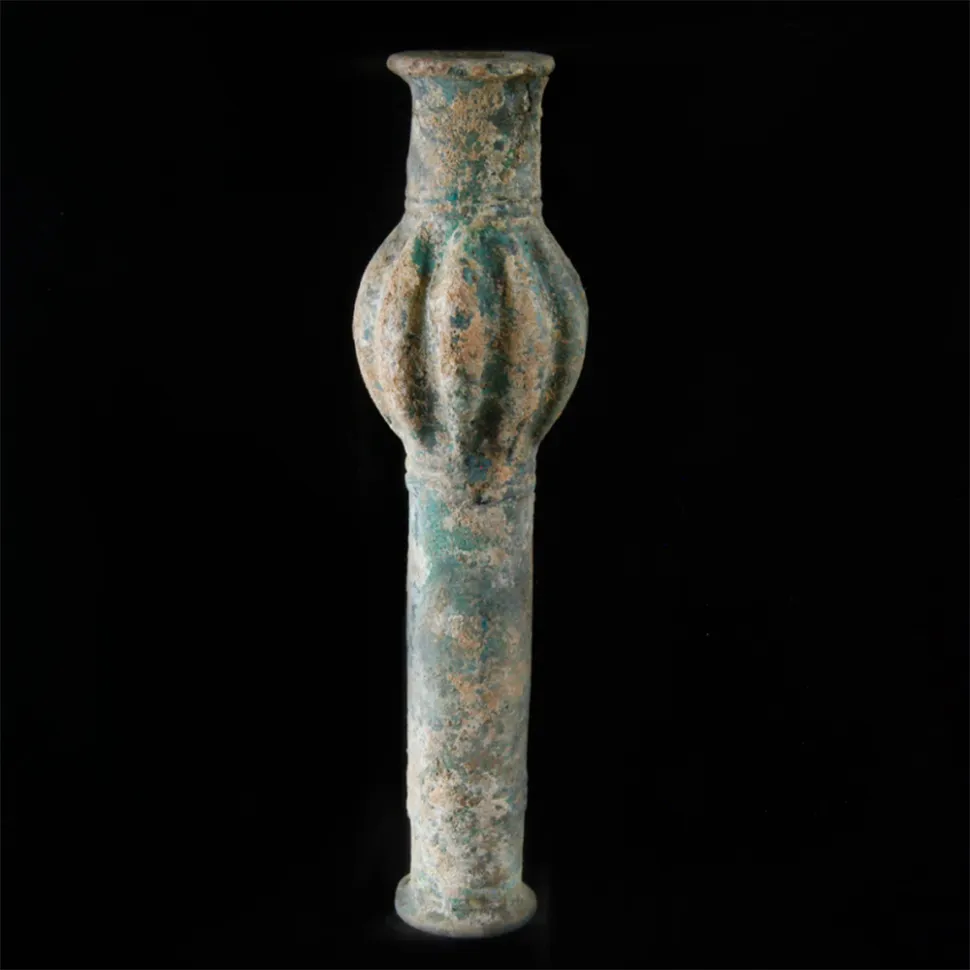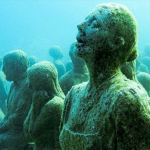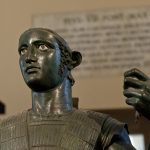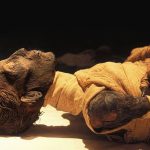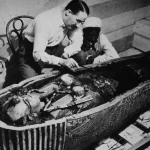The Luristan Bronzes and Ancient Luristan
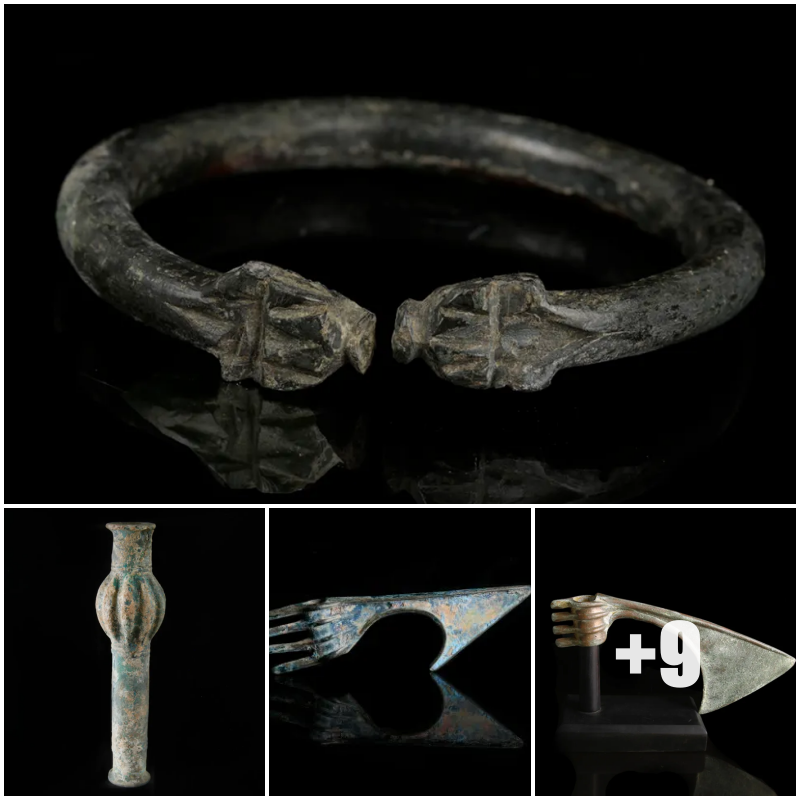
Ancient Luristan
The mountainous region known as Luristan, sometimes written Lorestan, is located in western Iran, near the border with Iraq, and is named for the Lur people who inhabit the area. Alongside the famous bronze artefacts that the region is best known for, it is also an area of archaeological significance due to the discovery of evidence of domestication of sheep and goats from around 9000-7000 BC – believed to be the earliest in the world. Additionally, the location of the province, in the midst of where many key ancient civilisations were once located, makes it possible to identify a range of complex and interesting influences upon Luristan artefacts.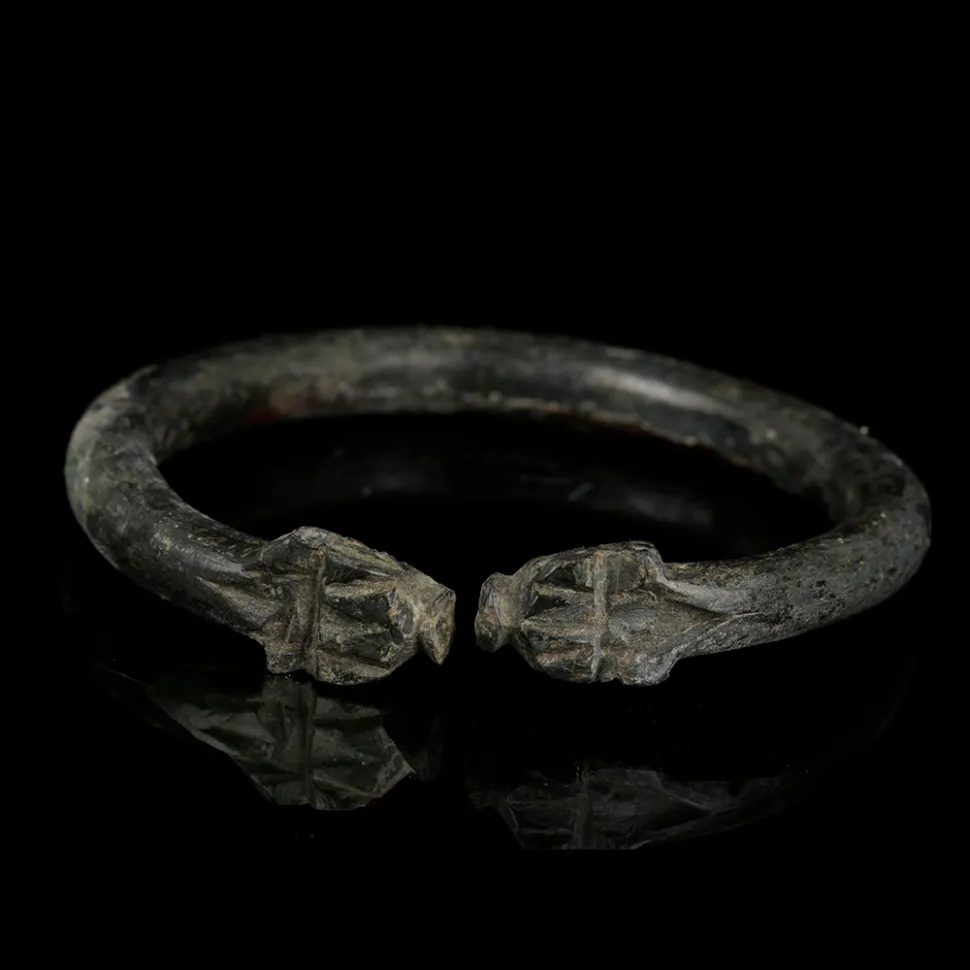

Mysterious Origins
Luristan bronzes are not exactly uncommon, having been sought after and acquired by museums and private collectors worldwide; in fact, the large number of Luristan bronzes discovered is one of the things that makes them so interesting. Yet despite this, relatively little is known about the people and methods which produced them. One suggestion that has been proposed is that the technology required to make such well-crafted metalwork was brought into the region by nomads. How such a large number of high quality weapons and decorative pieces could have been produced in a small region with no clear trace of the people who created them is undeniably mysterious. Though it seems there is much we may never know about their exact origins, it is clear that items of such quality and number must have been supported by considerable wealth and power in Ancient Luristan.
Types of Luristan Bronze
Luristan bronze artefacts come in many variations, form weaponry to jewellery and other decorative items. The majority of items which have been confidently identified as Luristan bronze, fall into one of the following categories: finials, standards with masters of animals, horse cheekpieces, and harness attachments, figured and disc pins, whetstone handles, bracelets, daggers, axes, maces, quivers, and halberds. Some have fairly simple designs and decoration, where practicality had been valued over beauty, but many others feature intriguing stylised human figures and zoomorphic designs, providing a brief glimpse into the artistic culture of the people that created them.